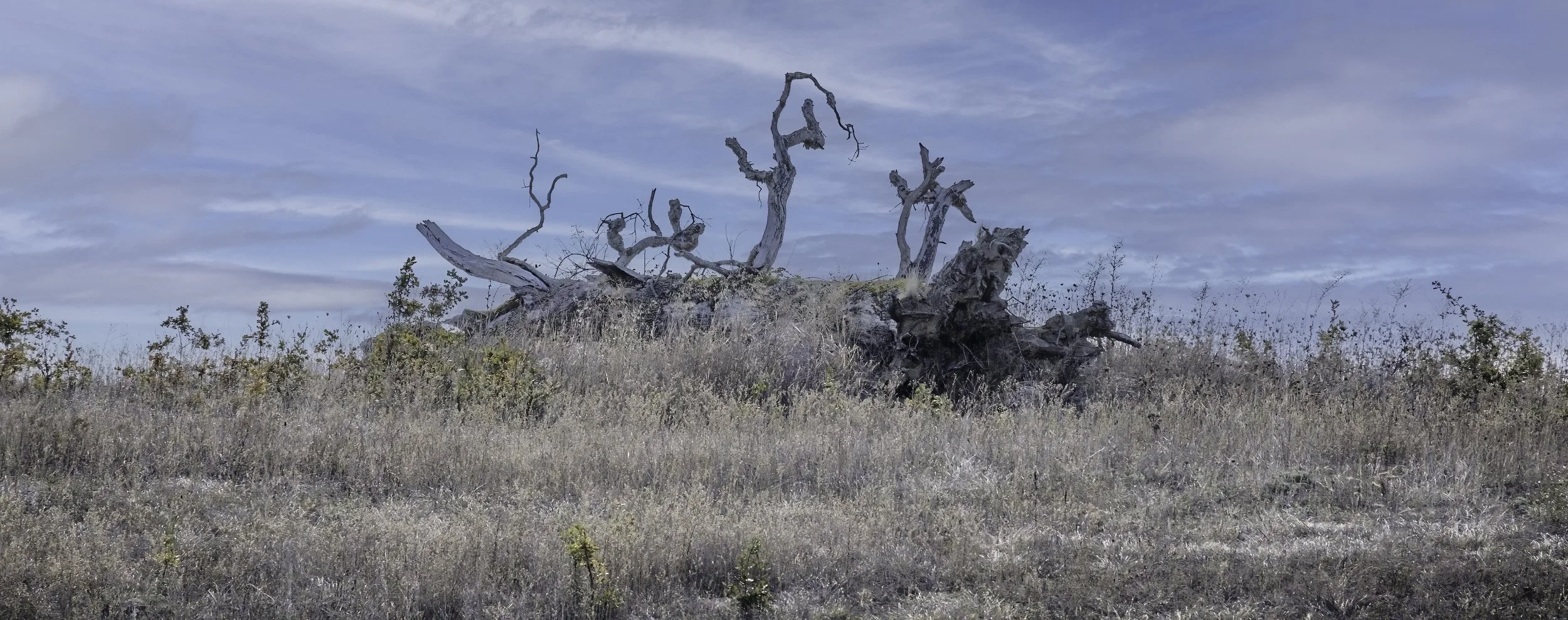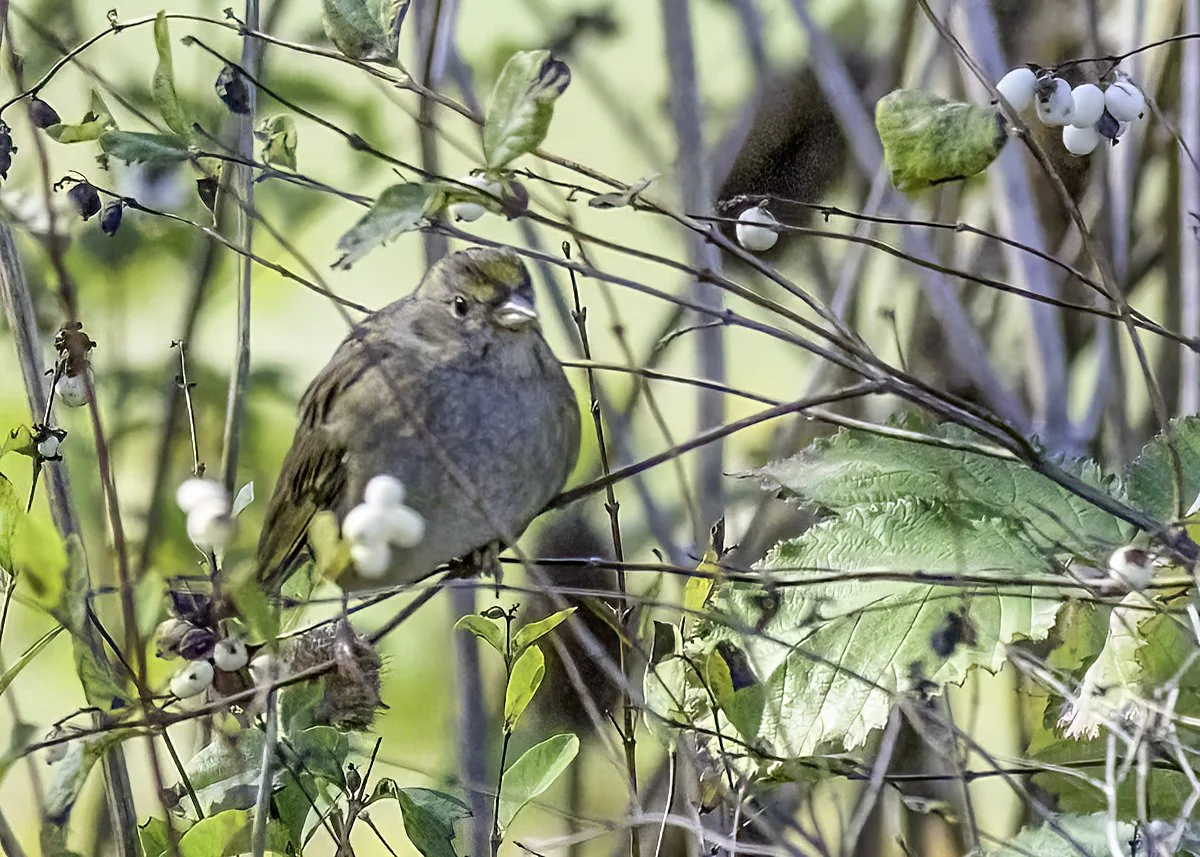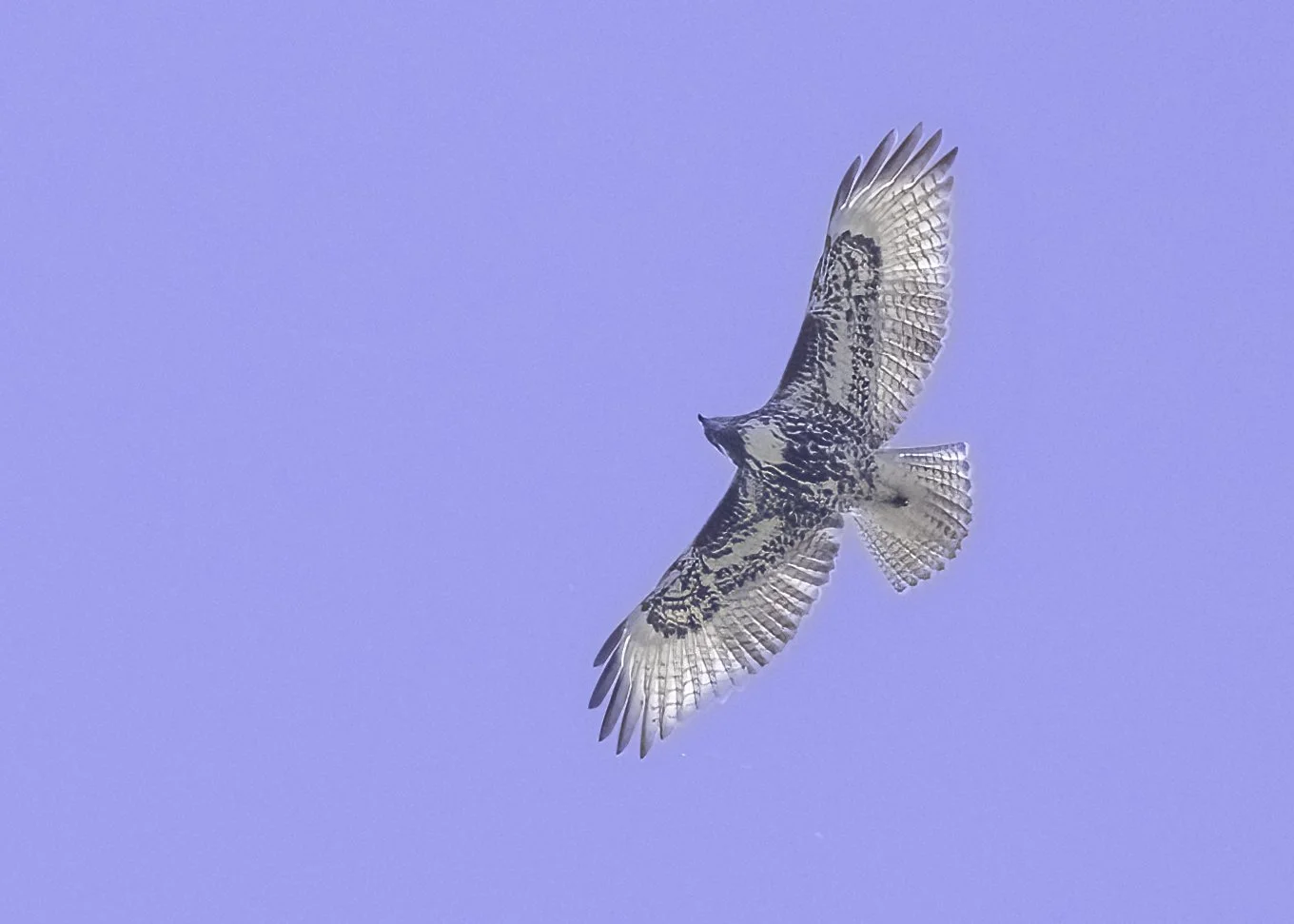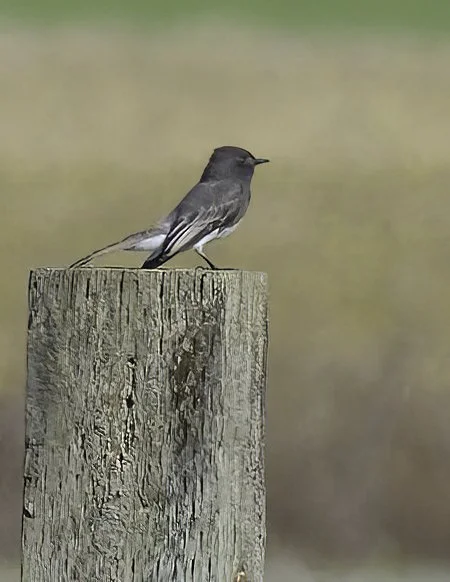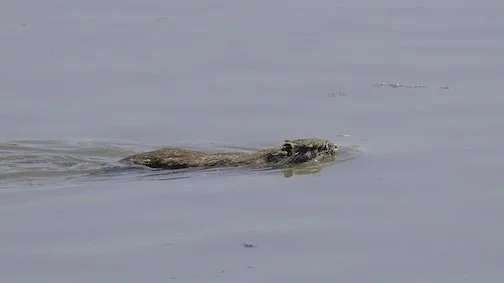Ankeny NWR, Oregon
Ankeny National Wildlife Refuge, Jefferson, Oregon
On our second day in Oregon visiting my granddaughter, my son, granddaughter, and I traveled to Jefferson, the location of Ankeny National Wildlife Refuge. Ankeny National Wildlife Refuge is a protected area dedicated to preserving diverse habitats that support migratory birds and local wildlife. The refuge features wetlands, grasslands, and riparian zones, making it an essential stopover for waterfowl during their seasonal migrations. We began our walk through the refuge at Ankeny Hill Nature Center trail. Sadly, the center was closed due to the government shutdown, but the trails all remain open. The area around the nature center is a sparsely wooded grassland which plays host to a good number of songbirds as well as opportunistic raptors. First birds of the day were two we commonly find back east…the American crow and the Song sparrow. The third bird, however, happened to be a life-bird for me….a Golden-crowned sparrow.
Golden-crowned sparrow Ankeny NWR 10/18/25
We were hoping for some western specialties and the next birds fit the bill nicely. We heard and briefly saw the Spotted towhee flitting in the oaks scattered along the trail’s edge. The next birds were much easier to see and much easier to photograph. A pair of California scrub jays jumped from tree-top to tree-top noisily chasing one another and scolding us for being too close to their territory. Both my granddaughter and I were able to get some decent images of this handsome bird. Marley is a senior at Oregon State University and has grown to love capturing images of this beautiful state, its landscape and its wildlife. In addition to a great education, she has taken advantage of the opportunity to expand other areas of interest like photography.
California Scrub jay Ankeny NWR 10/18/25
As we watched the various species of songbirds in the grassland and woodlots, we did notice a couple of raptors in the area as well. Off in the distance (too far to even consider capturing an image digitally), a Northern harrier plied the fields in search of prey. While watching her, a second raptor, a Red-tailed hawk flew overhead. Soon the hawk was joined by three others. The “windows” in the wing-tips and the banded tail told us that this was a juvenile. We watched as the four birds gradually took advantage of thermals and rose higher and higher until almost out of sight. Beautiful fliers.
Juvenile Red-tailed hawk Ankeny NWR 10/18/25
My son Brian saw on the map that there was a wetland area just down the road from our location….Eagle Marsh. Hoping to find some waterfowl, we decided it was time to hop in the SUV and make the short drive to the overlook. As we approached, from quite a distance away, we saw hundreds of birds in flight over the marshlands. From that distance, it almost looked like a murmuration of starlings. But as we grew closer, we saw that these were much larger birds than starlings. They were in fact geese. But as we exited the vehicle, the sounds we heard were definitely not Canada geese as we first expected. They were in fact Cackling geese…at least 600 of them all in coordinated flight. Speaking with a local birder on-site, we learned that the geese had been on the water’s surface but were flushed by a Bald eagle flying overhead.
We wondered why the geese kept to the air rather than coming back down and joining the pintails, Tundra swan, Green-winged teal, Mallards and other waterfowl that were still on the water. Soon, we saw why they had yet to return. The Bald eagle which had originally spooked them was still in the territory .
Bald eagle Ankeny NWR 10/18/25
Among other smaller birds which we saw and were not noticeably upset with the eagle’s presence were a small group of Barn swallows and another western speciality, the Black phoebe.
Black phoebe Ankeny NWR 10/18/25
Finally, we did get a mammal in addition to the avian wildlife. As we surveyed the marsh, I noticed what I thought might be a beaver or otter at first glance. After photographing the critter and checking on iNaturalist, however, I found it to be a Nutria. Nutria, also known as coypu, are large, semi-aquatic rodents native to South America. They typically inhabit wetlands, rivers, and marshes, where they feed on aquatic vegetation. Nutria have robust, rounded bodies with webbed hind feet, aiding their swimming ability. Apparently, these invasive rodents were introduced into Oregon during the 1930’s for fur farming. Now, however, they are considered an invasive species due to their destructive feeding habits, which can damage ecosystems and agricultural lands. Nutria reproduce rapidly, making population control a significant challenge in affected areas. Guess it “sounded like a good idea” at the time. Sadly, an all-too-brief trip to the refuge and indeed to Oregon has to come to an end. I was very fortunate to get out here for a short visit and to spend time in this remarkable part of the US with my son and granddaughter. So many blessings!
Nutria Ankeny NWR 10/18/25
